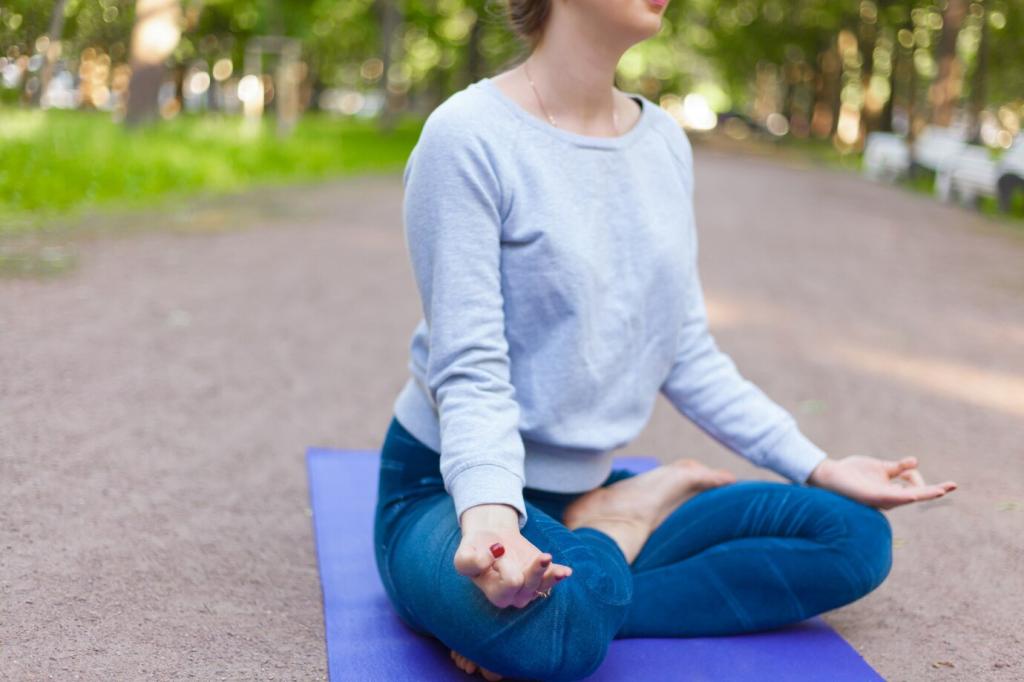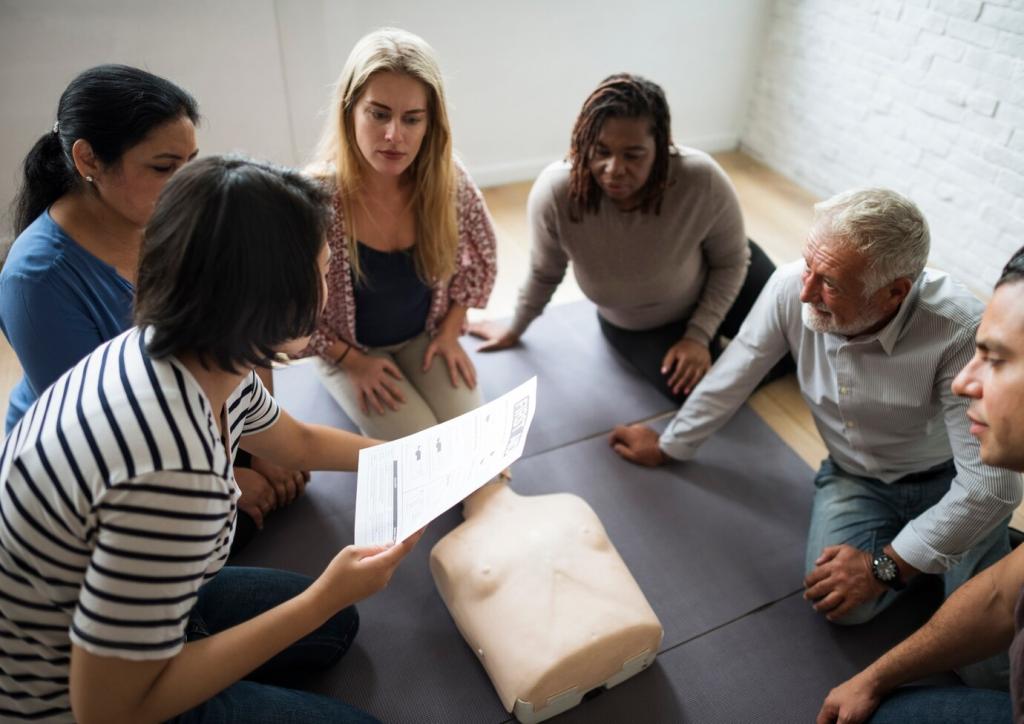Building a Sustainable Practice
Attach practice to an existing habit—after brushing teeth, before opening email. Pair meditation with something enjoyable, like your favorite tea. A brief guided track lowers friction. Tell us your hook and we’ll offer a custom playlist length to match it.
Building a Sustainable Practice
Note three signals weekly: sleep quality, reactivity during conflict, and breath ease. Celebrate tiny wins—one calmer reply counts. Avoid perfection traps; some days, one minute is plenty. Comment with your gentlest metric and inspire someone who struggles with streaks.





